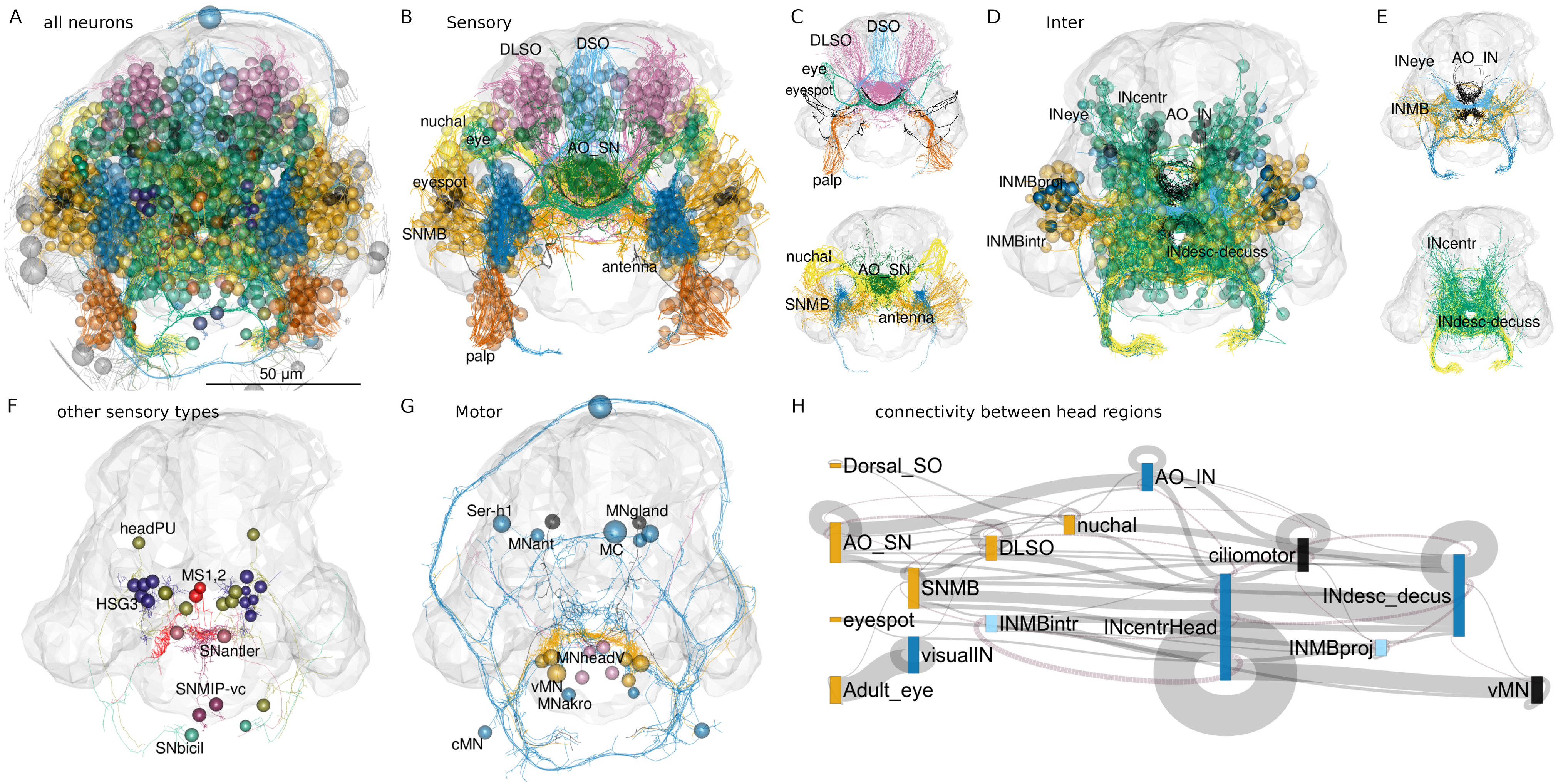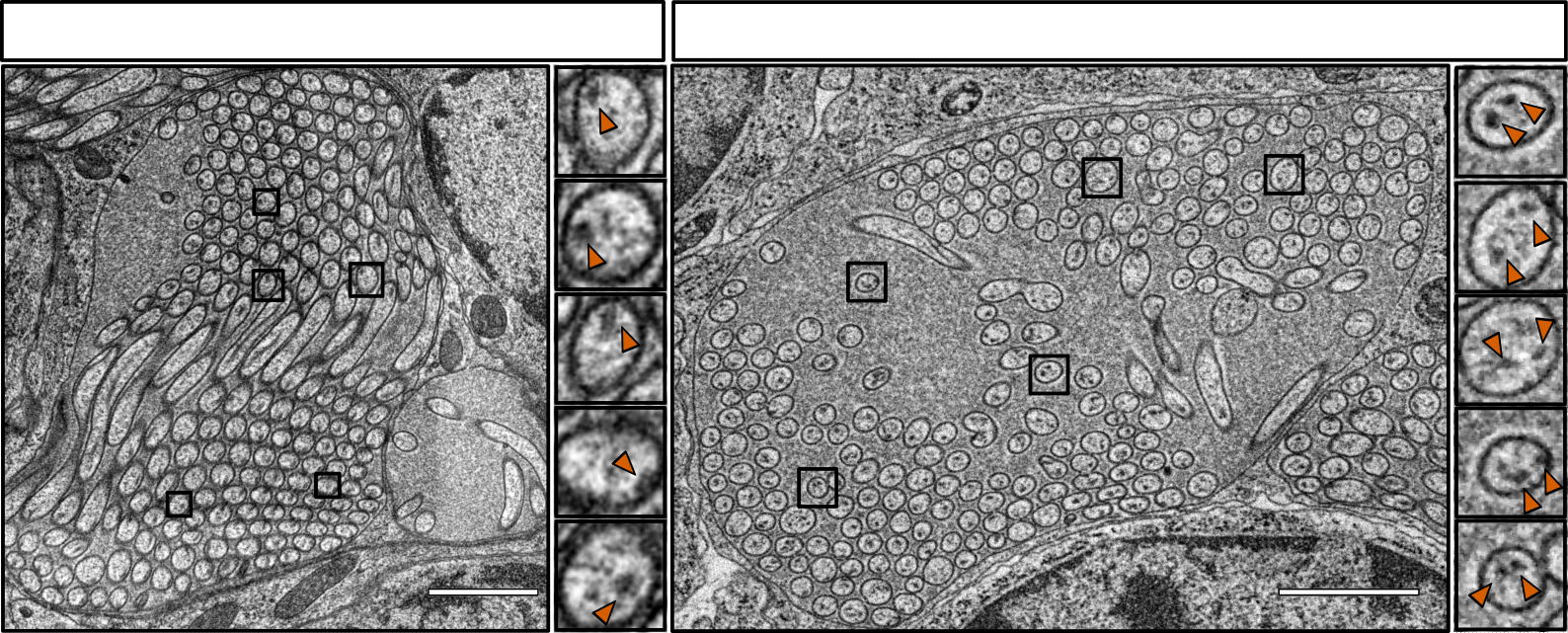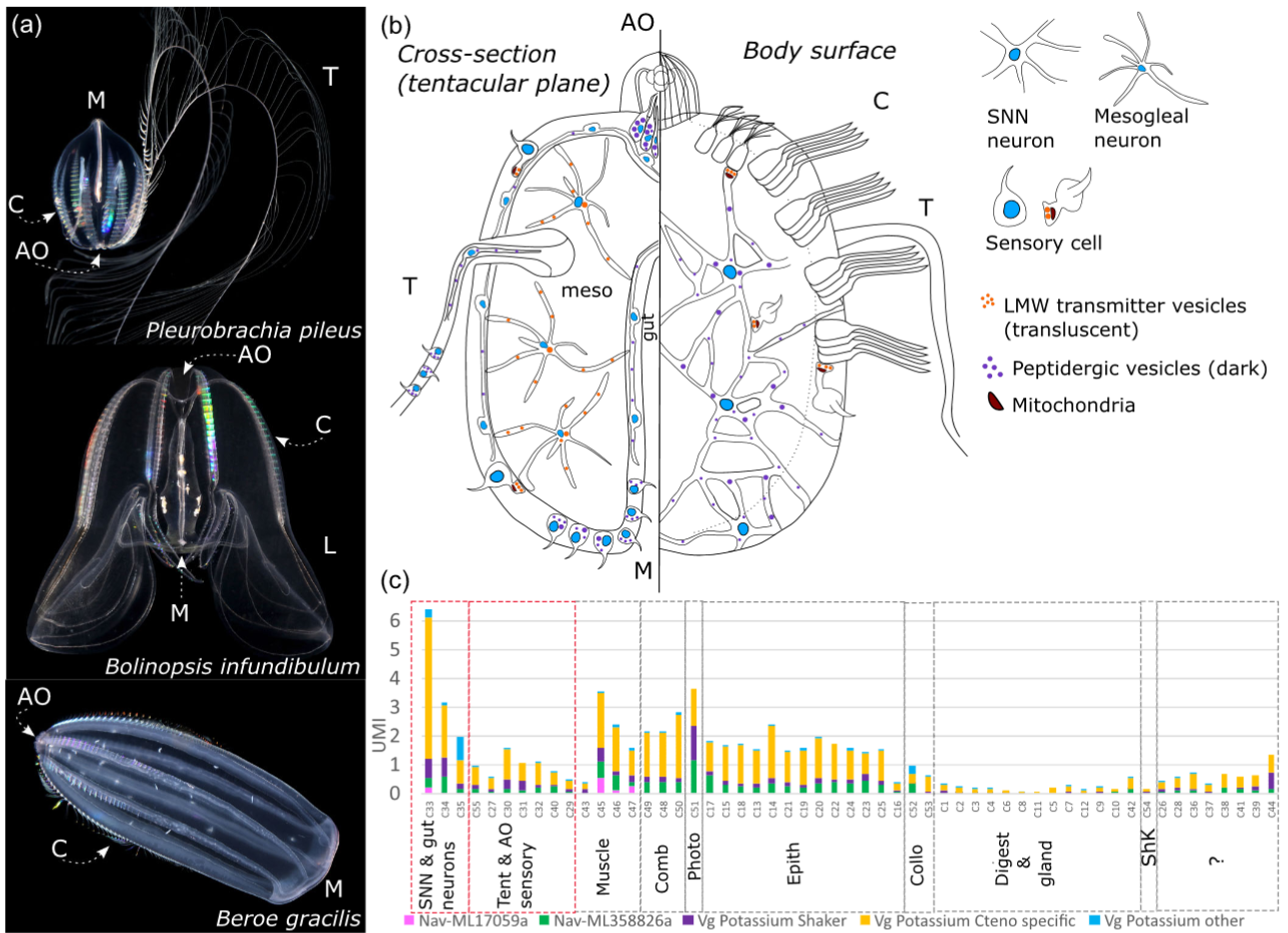26
1
29
1
30
1
32
1
Oldest known sex chromosome emerged 248 million years ago in an octopus ancestor
(www.livescience.com)
34
1
35
1
37
1
39
1
40
1
41
1
Brains Are Not Required When It Comes to Thinking and Solving Problems--Simple Cells Can Do It
(www.scientificamerican.com)
46
1
We’ve never understood how hunger works. That might be about to change.
(www.technologyreview.com)
47
1
50
1
Biology
1291 readers
19 users here now
This is a general community to discuss of all things related to biology!
For a more specific community about asking questions to biologists, you can also visit:
founded 2 years ago
MODERATORS


